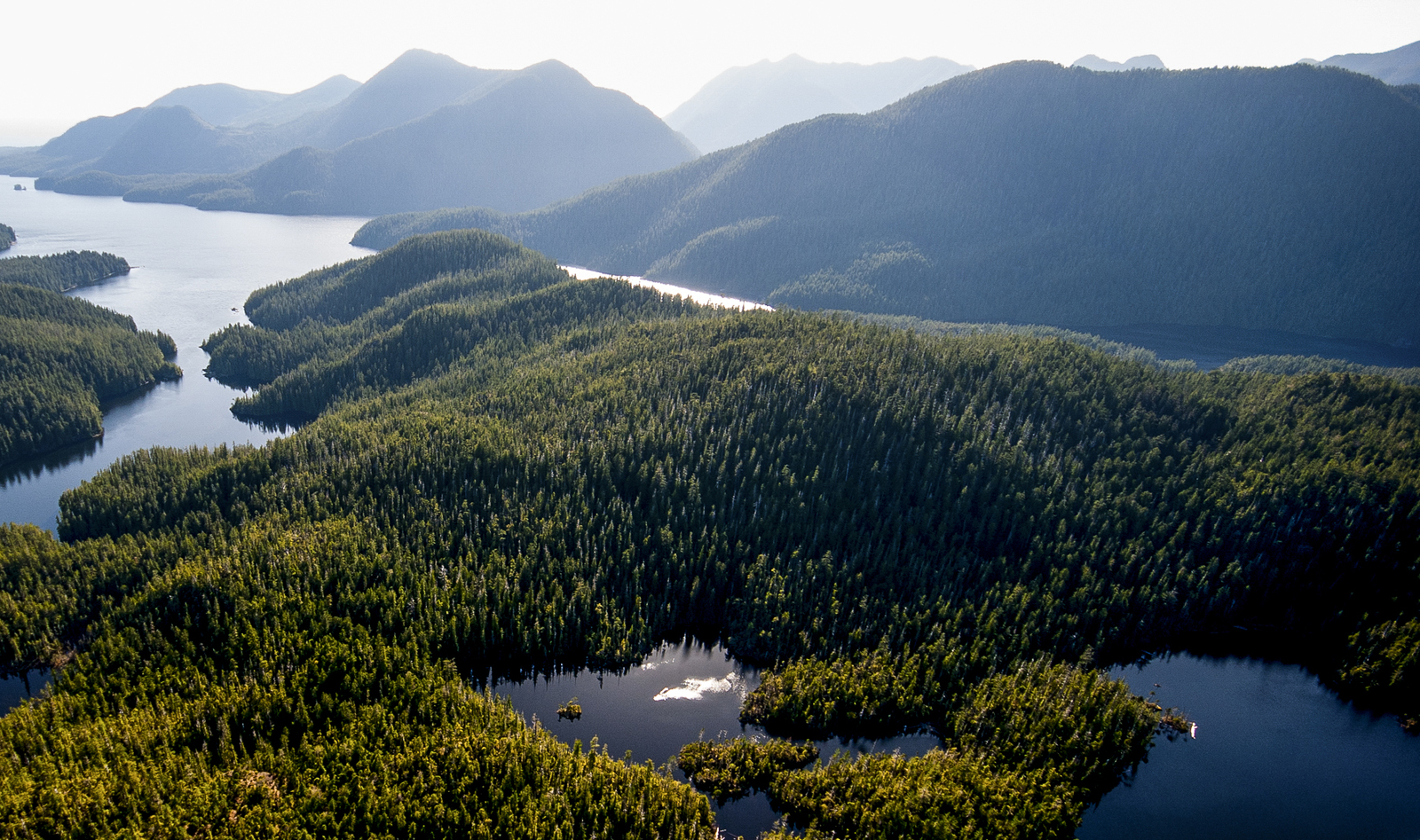The Emerald Edge is the largest intact coastal rainforest on Earth — a global treasure of biodiversity across coastal Washington, British Columbia and Alaska now facing threats to its lands and waters.
At this pivotal time and place, The Nature Conservancy is working directly with indigenous and local peoples across the region to put their priorities first: investing in youth, supporting indigenous authority, building healthy economies and helping emerging leaders achieve long-lasting conservation solutions in which everyone thrives — people, nature and local economies.
The Place
- The largest intact coastal rainforest in the world.
- One of the greatest living treasures of biodiversity on Earth — breathing life along a quarter of the North American coastline from Washington state through British Columbia to Alaska.
- A 100-million-acre wonderland of ancient forests, waters where wild salmon run and iconic wildlife including bears, wolves, elk and eagles.
- Home to more than 35 indigenous communities who have lived on these lands for millennia. Their cultures and livelihoods are rooted in the vital connection between people and nature. And their stewardship is crucial to the future of the Emerald Edge.
The Peril
In the last century, unsustainable logging, fishing and other extractive industries have eroded old-growth forests, diminished wild salmon runs and frayed the close-knit web of life on which people and nature depend:
- Boom-and-bust cycles have created widespread unemployment and lack of economic opportunity that threaten the landscape and local communities.
- Unreconciled issues around resource decision-making authority and a scarcity of upcoming local leadership have created uncertainty about how to move forward.
- At the same time, population growth and the increasing demand for resources place escalating pressures on the region.
Without a clear path to a sustainable future for people, nature and economies, we stand to lose one of the world’s last great coastal rainforests.
A Unique Opportunity at a Pivotal Time
The Nature Conservancy is investing in and committing to the Emerald Edge as one of our top global priorities. We are partnering with indigenous and local communities in a large-scale transformation that will establish the conditions for sustainability across this epic treasure of biodiversity.
- Emerging leadership in indigenous and local communities is beginning to build a vision for a sustainable future through community-led conservation.
- Local communities are inviting us to join them on the path to a sustainable future. We’re building on strong relationships from 50 years of working alongside local communities on the Pacific Northwest Coast.
- With the support of visionary funders, we bring the relationships and resources to help local communities steward the land, support indigenous authority and lead the way to a sustainable future where people, nature and economies can thrive.



























